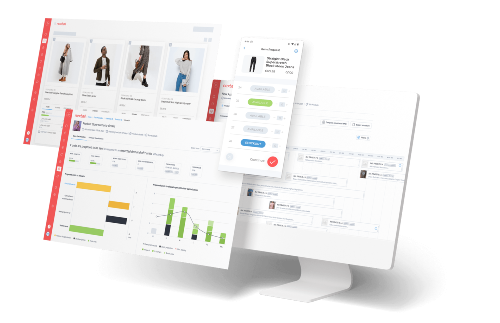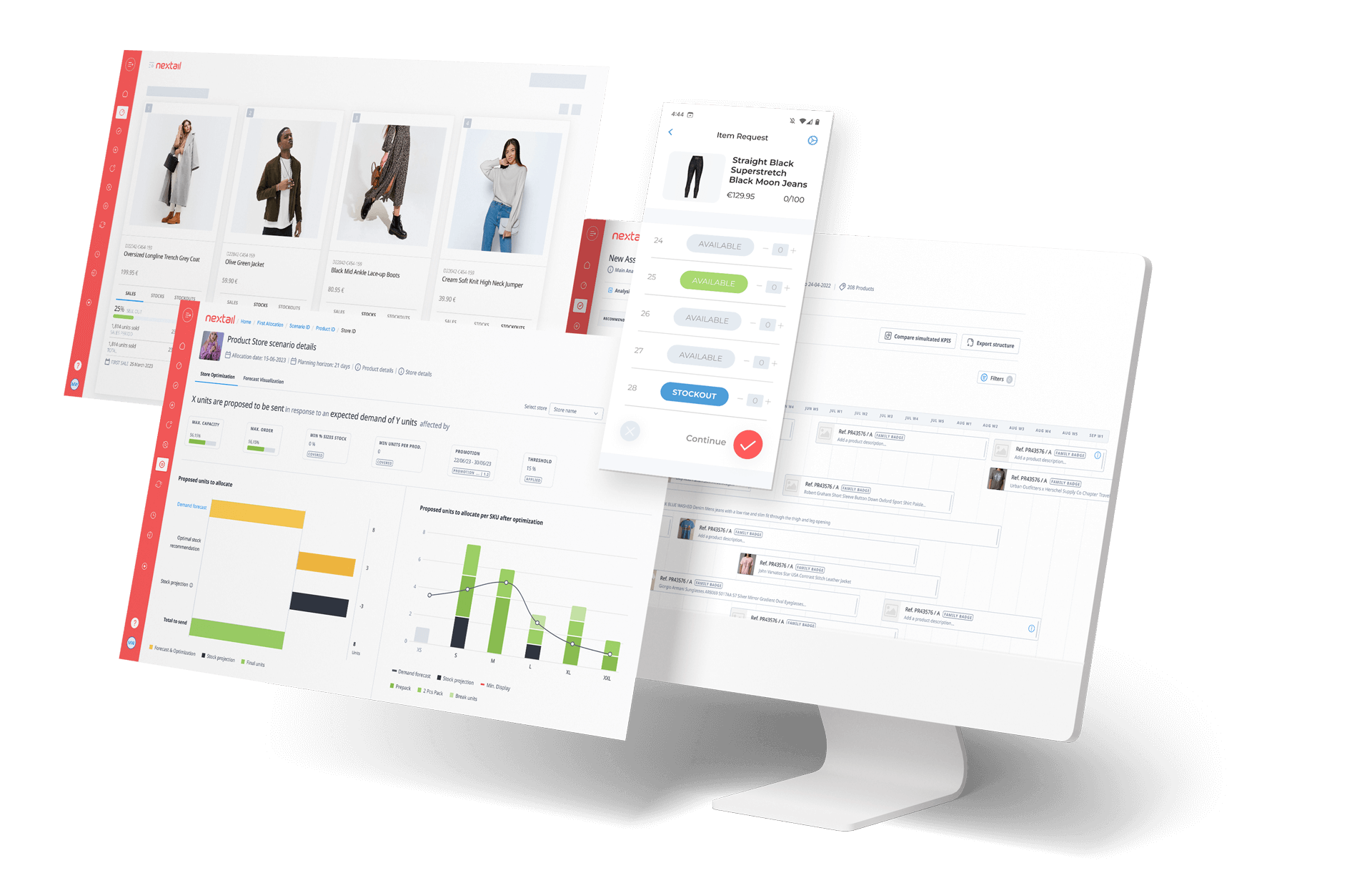
From runway to merchandise planning: How data science in fashion is reshaping the industry
What makes retail, and fashion retail in particular, an exciting playing field for data science? It might not be obvious at first sight, but it has all the ingredients to make it ready for a data-driven revolution: it is data rich, it is fast moving, and it is undergoing significant changes.
Even retailers with low degree of process automation have lots of data, which in most cases, is not used to its full potential. At the very least, retailers keep information about sales (down to individual sales transaction), stock levels, product descriptions and, typically, lots of image assets that they use for promotional marketing activities. In many cases, the information is far richer than that, and yet, very little is used to optimize internal processes or to gain detailed knowledge about customer behavior.
What are the 3 types of data retailer need to calculate a robust demand forecast?
It’s time to put data to work
It’s not, of course, that retailers haven’t tried to use their data, but in most cases they’ve lacked the skills and tools (“big data”, in the sense of extracting information that is “hidden” under huge volumes of mostly useless data; artificial intelligence technologies to leverage semi-structured data -as product catalogues, social media feeds, marketing studies, etc.- and unstructured data -as images, collection reviews, etc.-; modern machine learning to improve prediction and optimisation capabilities, etc.), as well as clear ideas of what might be possible. Of course, the best way of show “what might be possible” is through proof, and that’s exactly what we do at Nextail.
Having a data-rich environment and the possibilities of exploiting that data is all fine, but unless there is enough competitive pressure and those data-driven innovations can really help retailers deal with it, there might not be compelling reasons to invest on them. After all, many retail groups have been much more focused on brand positioning than in optimizing operations, and they might think, maybe rightfully so, that that’s best left to human experts.
Is data the key to remaining relevant?
A lot has changed in the last 10 years, and today’s retail environment is one in which long-established brands practically disappear in one or two seasons, while new brands manage to gain market share at unprecedented speed.
The key theme seems to be “agility” and the ability to deliver better shopping experiences, be it via faster renovation of the collections, omni-channel capabilities, more intimate knowledge of the customer or whatever means.
Innovating, being up to speed with the competition is not an option: yesterday’s “good enough” is today’s “out of business”, and the list of casualties keeps growing. Retailers that want to thrive are hungry for innovation.
5 applications of advanced data science in fashion
The remaining question is this: Are the opportunities to leverage all the data fashion retailers have access to what will make the difference in the face of difficult market conditions? At Nextail, we strongly believe so and here are some specific applications of advanced data science in fashion that we specialize in.
Forecasting demand is at the very core of what we do. We need accurate forecasts to drive many other processes. We’ve moved from simple ARMA models to a sophisticated decision-tree approach where all data is considered, outliers are reduced and rich modelling of seasonality, product lifecycle effects, and much more are possible to produce even more robust forecasts even for low-rotation items. The result is that the gap between forecast and gap is continuously reduced. And like our models, we keep working to continuously close the gap between forecast and actual.
Managing inventory levels at the point of sale. This is another intriguing problem that data science in fashion is solving. It is well known that inventory information is extremely inaccurate for most retailers despite being one of the most important operational indicators. Some retailers report over 30% of inventory data to be inaccurate, which is why we have developed a probabilistic model of what the real stock might be. This model allows us to anticipate some problematic scenarios like “phantom inventory”, “picking and packing errors”, etc. and react earlier.
We use artificial vision techniques, augmented with meta data information, to detect similarities between products and automatically classify and estimate how well a new product might do. Of course, sensing sales is a much more reliable source of data, but that information might not be available early enough. We expect artificial vision to play an increasing role in some of our algorithms in the near future.
Even with the best machine learning techniques in place, there is as much art as there is science to retail. We leverage the collective wisdom of the retailer’s operational force to enhance forecasts, selectively gathering information directly from store managers, area manages and so on, and incorporating that information into our calculations.
The sales information we collect (store location and characteristics, size distribution, promotion activities, etc.), plus information we plan to progressively gather and use (buyer demographics, weather, timing of purchases in the day, joint purchases, etc.), open the door to extremely rich analysis of client preferences and buying patterns, some of which we already perform as an on-demand service to our clients. This knowledge will eventually enable us to solidly support crucial retail activities such as assortment definition, store layout design and overall season planning.
This is just a sample; the list keeps growing every day! I should point out that all the items on this list are directly related to the specific functional area Nextail is sharply focused on today: merchandise and inventory planning. I haven’t even touched on end user behavior, store level optimization, collection design, brand management and so many other retail areas that can, and will, be radically changed by machine learning sooner rather than later.
Read more about the different types of data that Nextail uses to fuel a robust demand forecast.



